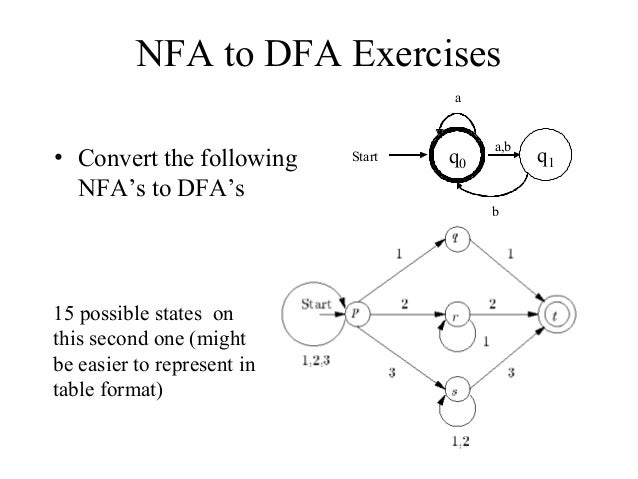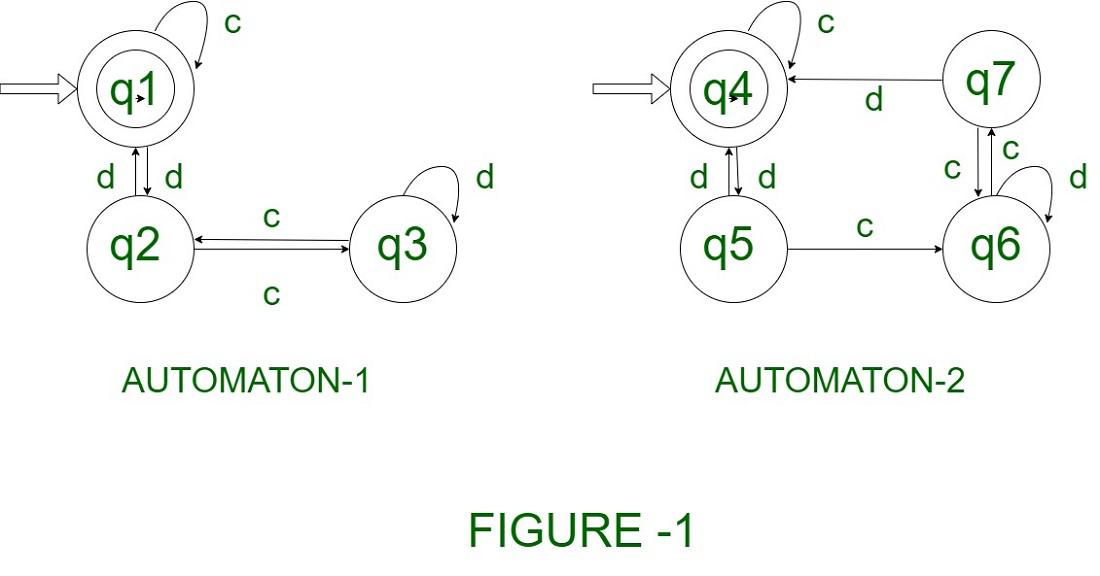

While the first and second examples elucidate the key concepts and the pertinent numerical steps, the third example presents the results of analysis of time series data, generated from laboratory experimentation, for detection of fatigue crack damage in a polycrystalline alloy. The underlying algorithms have been validated with three test examples. A metric on the probability distribution of symbol blocks is introduced for trade-off between loss of information (e.g., entropy rate) and the number of PFSA states. The procedure of PFSA construction is based on (i) state splitting that generates symbol blocks of different lengths based on their information contents and (ii) state merging that assimilates histories by combining two or more symbol blocks without any significant loss of the embedded information. This paper focuses on a special class of PFSA, which captures finite history of the symbol strings these PFSA, called D-Markov machines, have a simple algebraic structure and are computationally efficient to construct and implement. PB - Institute of Electrical and Electronics Engineers Inc.Probabilistic finite state automata (PFSA) are often constructed from symbol strings that, in turn, are generated by partitioning time series of sensor signals. T3 - Proceedings of the American Control ConferenceīT - Proceedings of the 2011 American Control Conference, ACC 2011

These algorithms have been tested by two examples. class of Probabilistic Residual Finite State Automata (Esposito et al., 2002) is a promising inter- mediate class between stochastic deterministic regular languages and stochastic regular languages. State merging abstract Probabilistic finite state automata (PFSA) are often constructed from symbol strings that, in turn, are generated by partitioning time series of sensor signals. A metric on probability distribution of symbol blocks is introduced for trade-off between modeling performance and the number of PFSA states.

The construction procedure is based on: (i) state splitting that generates symbol blocks of different lengths according to their relative importance and (ii) state merging that assimilates histories from symbol blocks leading to the same symbolic behavior. This paper presents construction of finite history automata from symbol sequences such automata, called D-Markov machines, are structurally simple and computationally efficient. These algorithms have been tested by two examples.ĪB - Probabilistic finite state automata (PFSA) are constructed from symbol sequences for modeling the behavior of dynamical systems. Using new determinization construction for -automata, we. (PFSA) is one such discrete structure that needs to be inferred for classes of problems in the field of Computer. Probabilistic finite-state automata are a formalism that is widely used in many problems of automatic speech recognition and natural language processing.

We describe an automata-theoretic approach, whereby probabilistic quantification over sets of computations is reduced to standard quantification over individual computations. The Probabilistic Finite State Automaton.
PROBABILISTIC FINITE STATE AUTOMATA VERIFICATION
The construction procedure is based on: (i) state splitting that generates symbol blocks of different lengths according to their relative importance and (ii) state merging that assimilates histories from symbol blocks leading to the same symbolic behavior. The verification problem for probabilistic concurrent finite-state program is to decide whether such a program satisfies its linear temporal logic specification. N2 - Probabilistic finite state automata (PFSA) are constructed from symbol sequences for modeling the behavior of dynamical systems. T1 - State splitting and state merging in probabilistic finite state automata


 0 kommentar(er)
0 kommentar(er)
